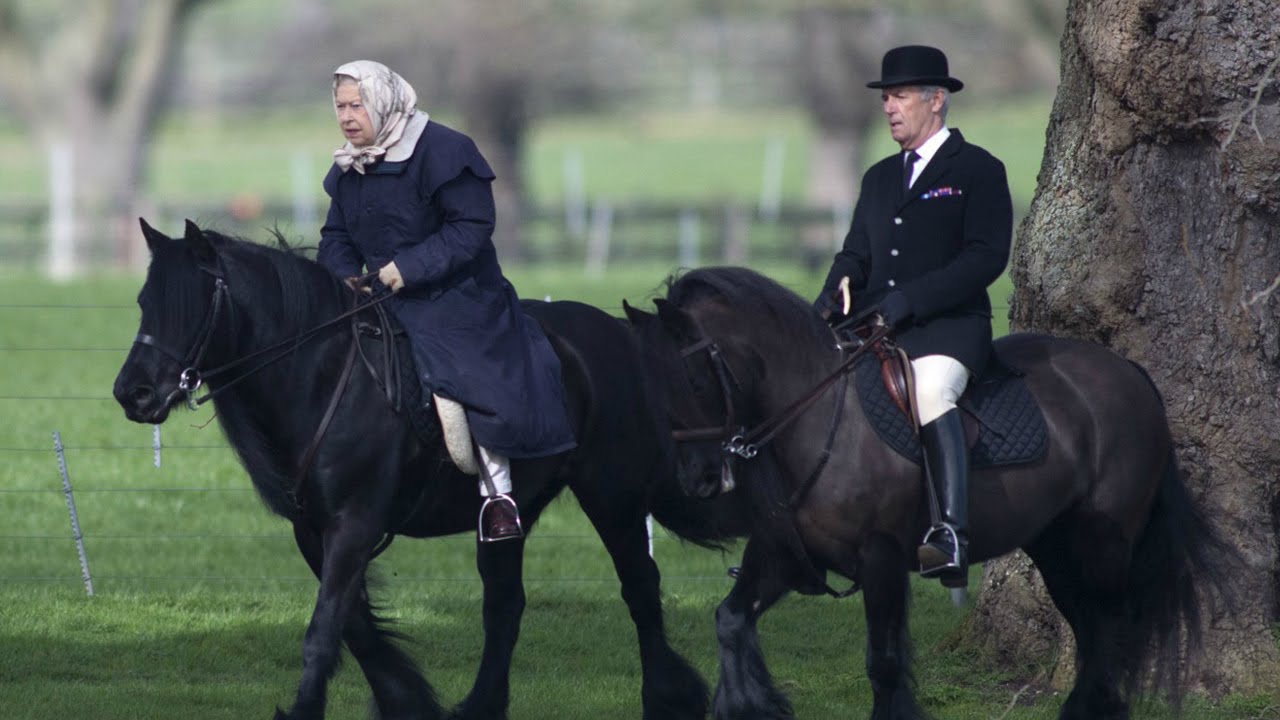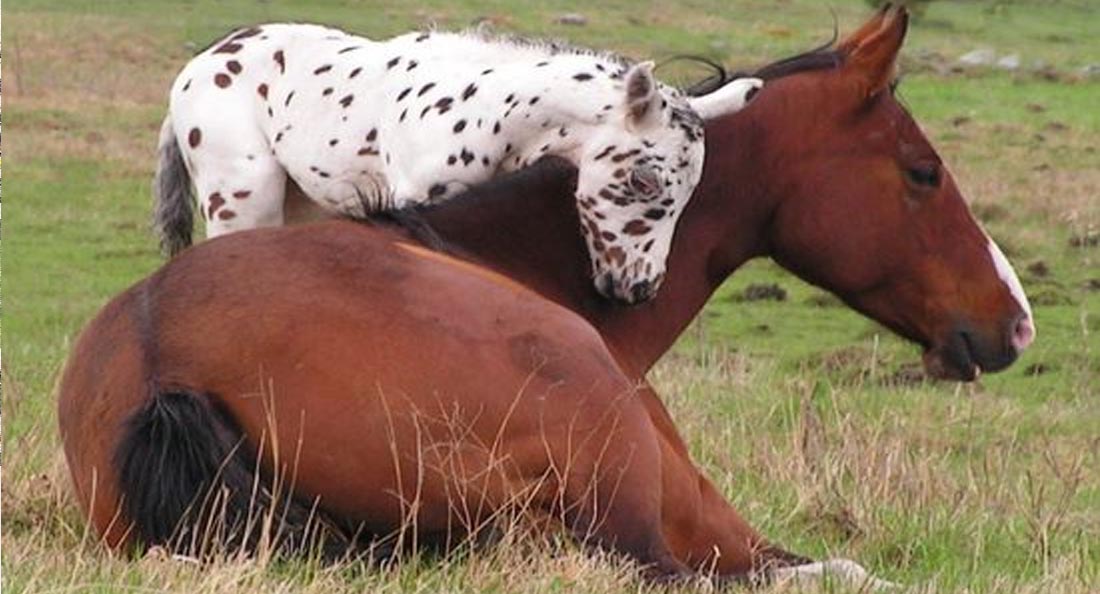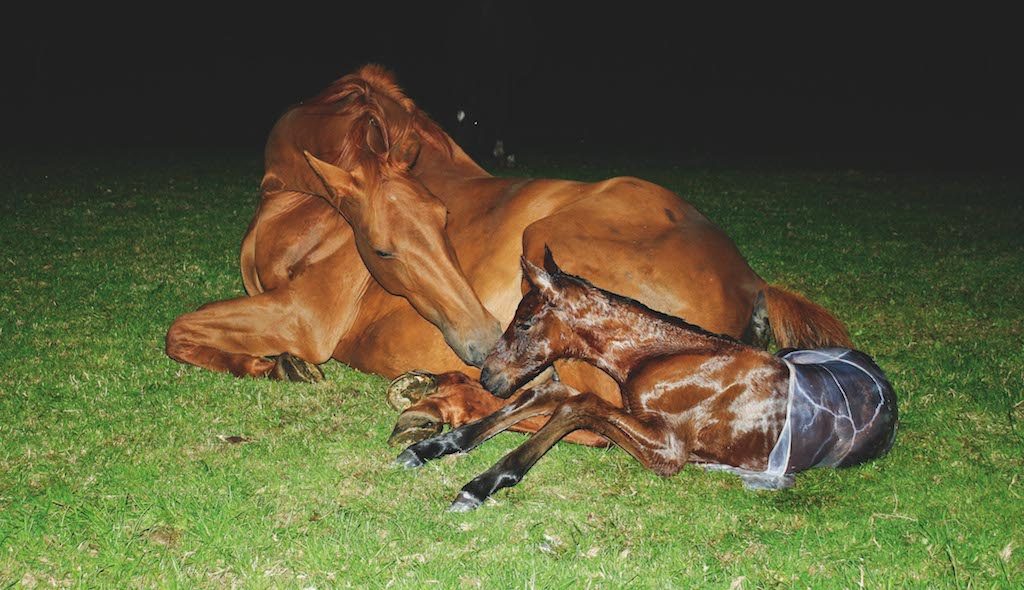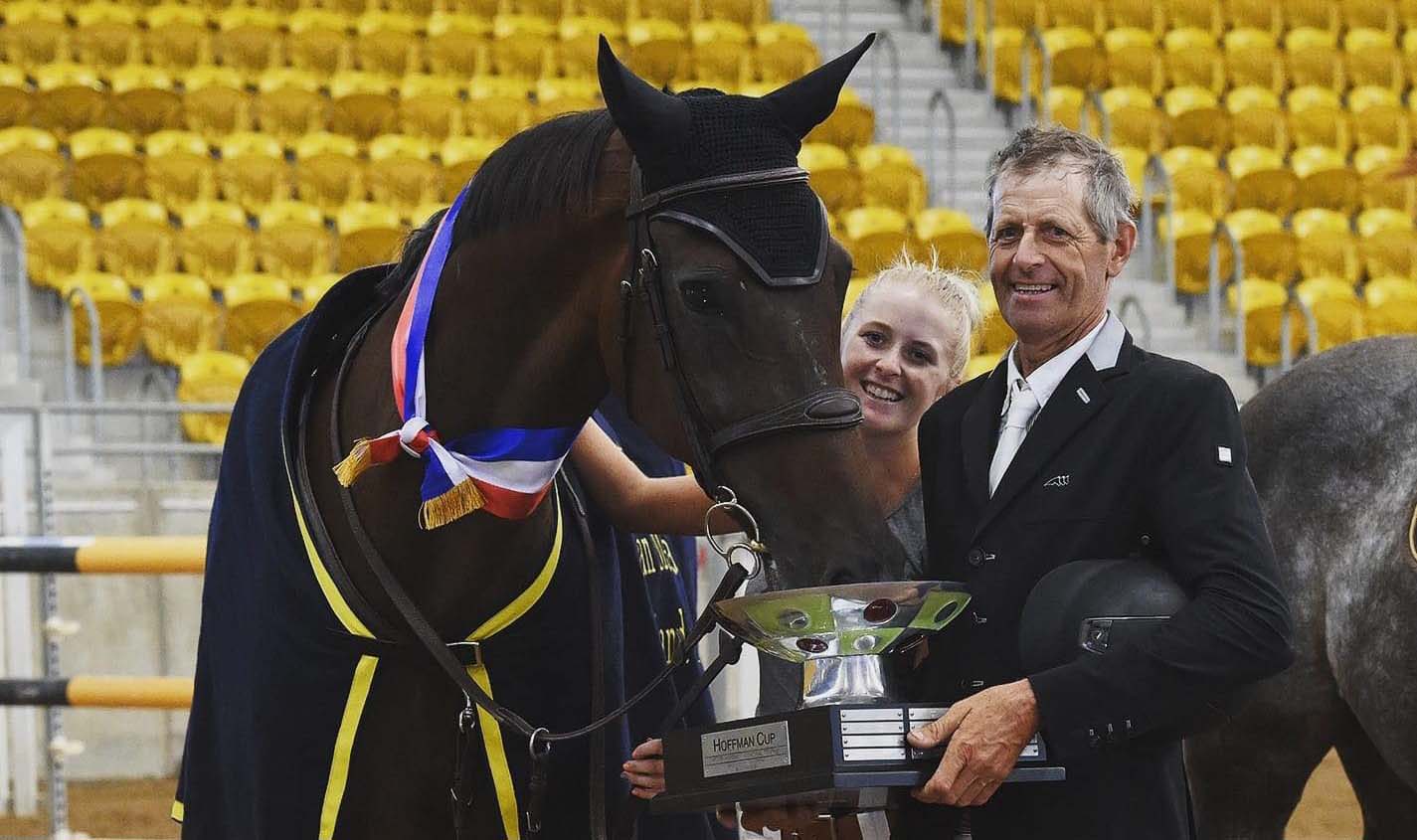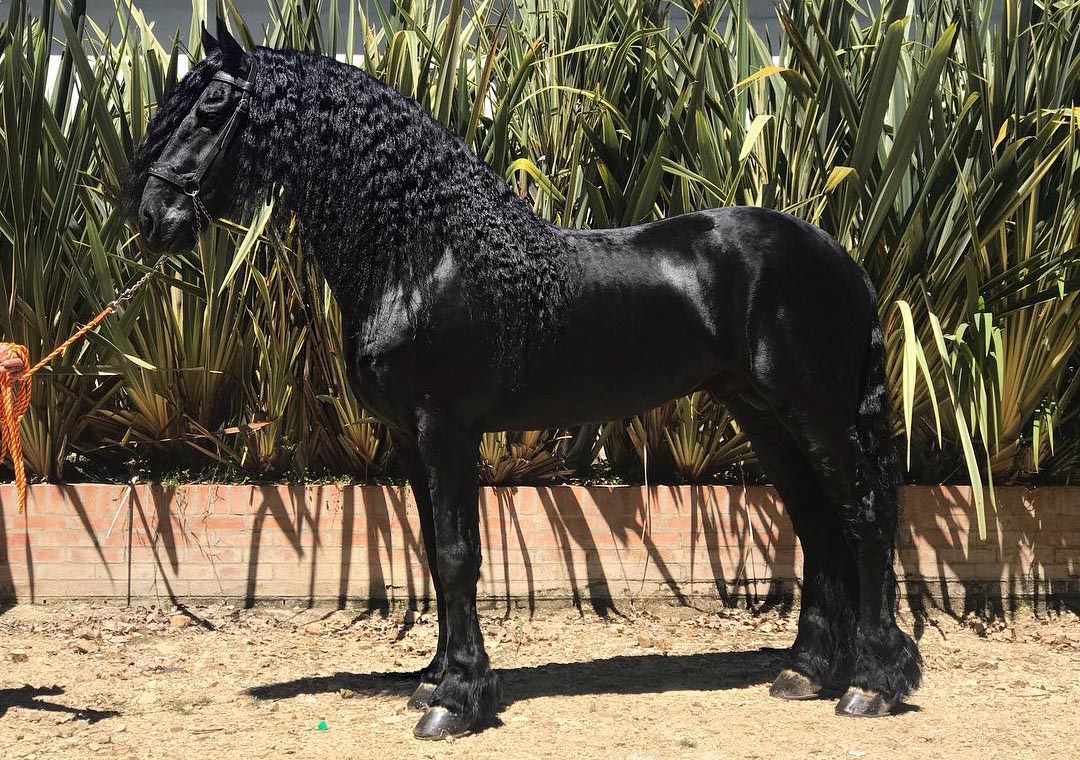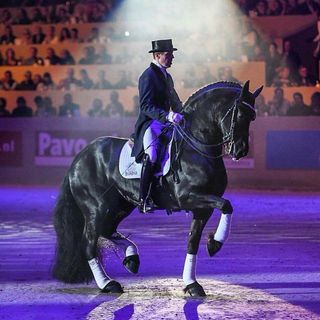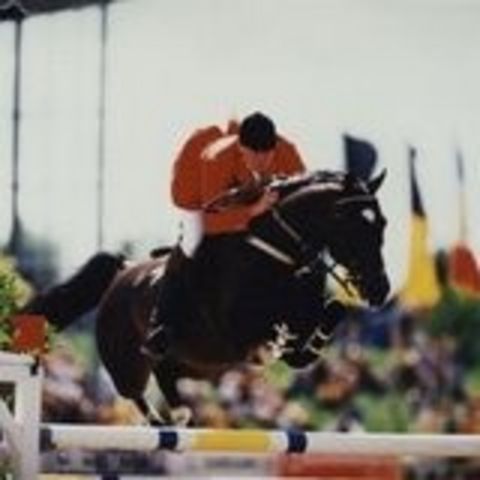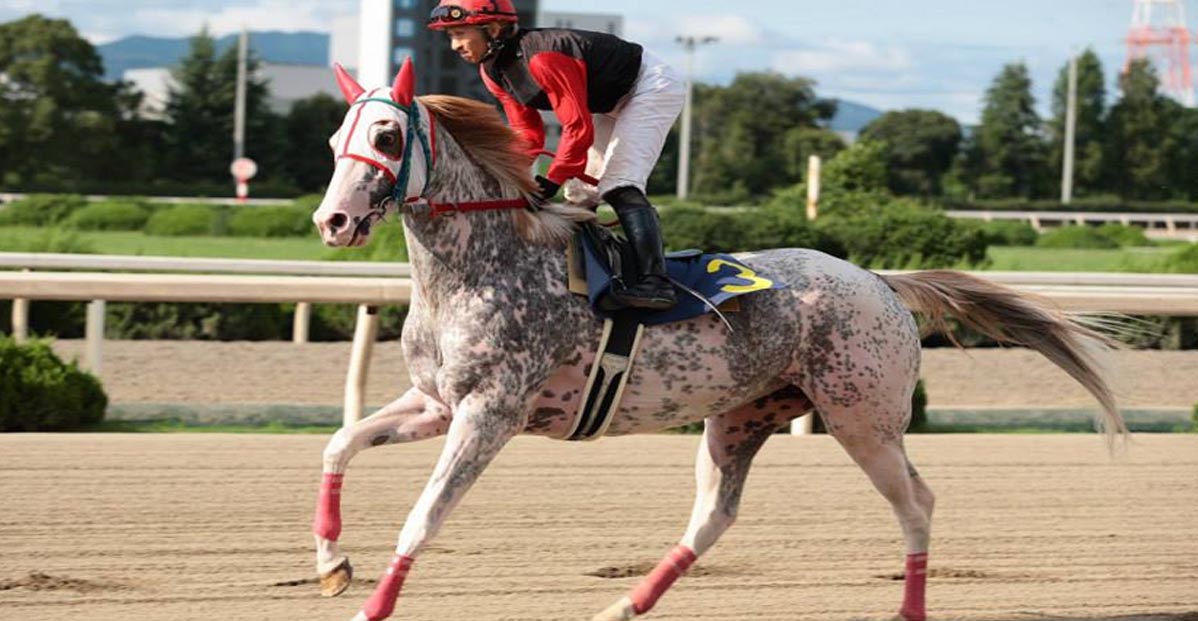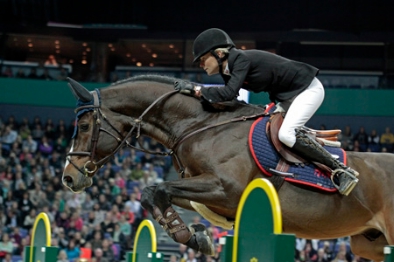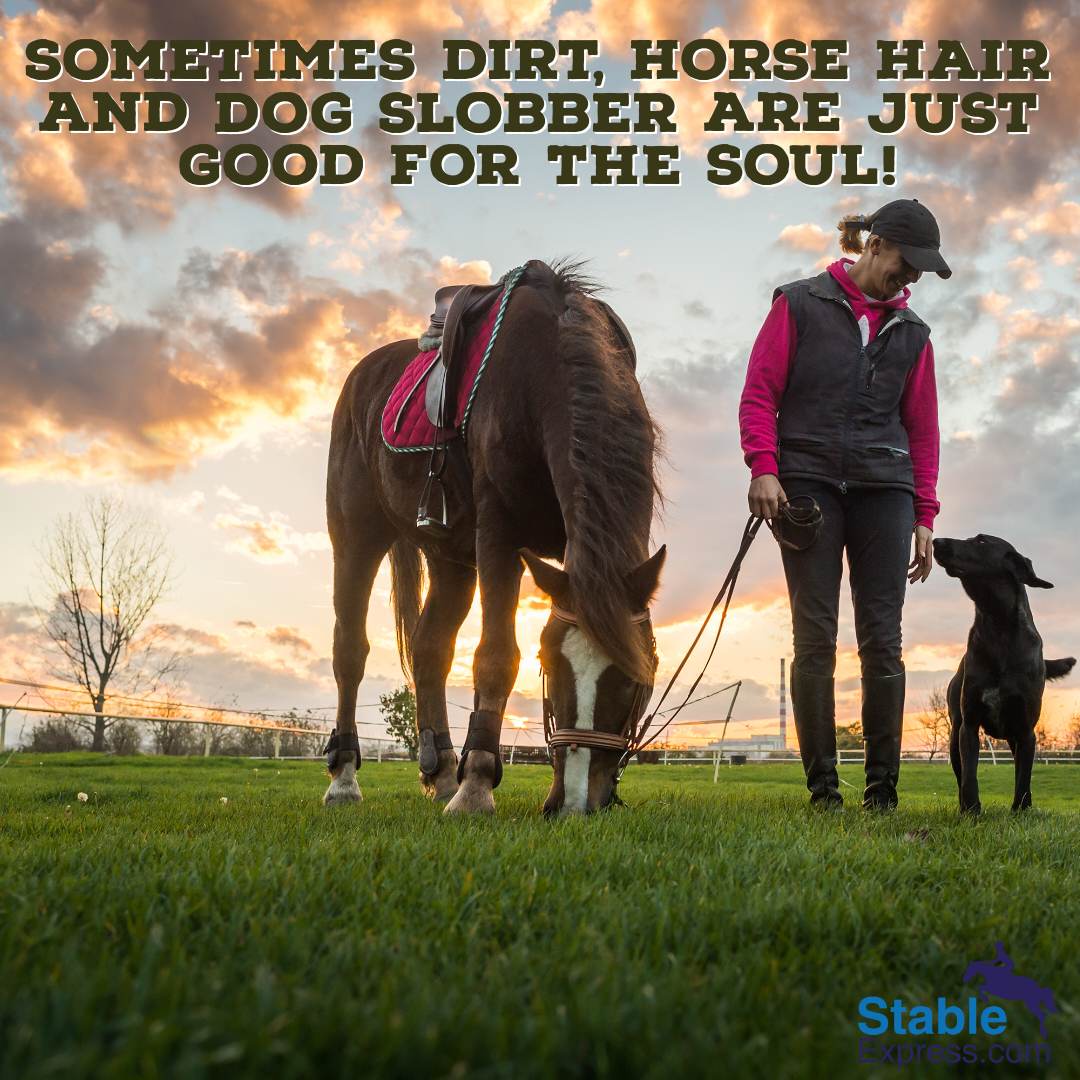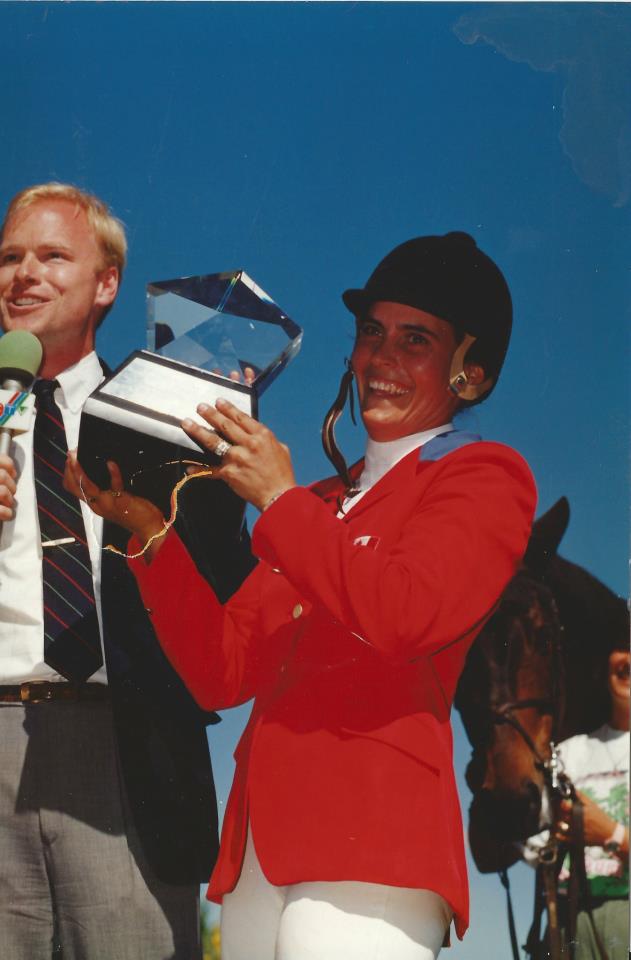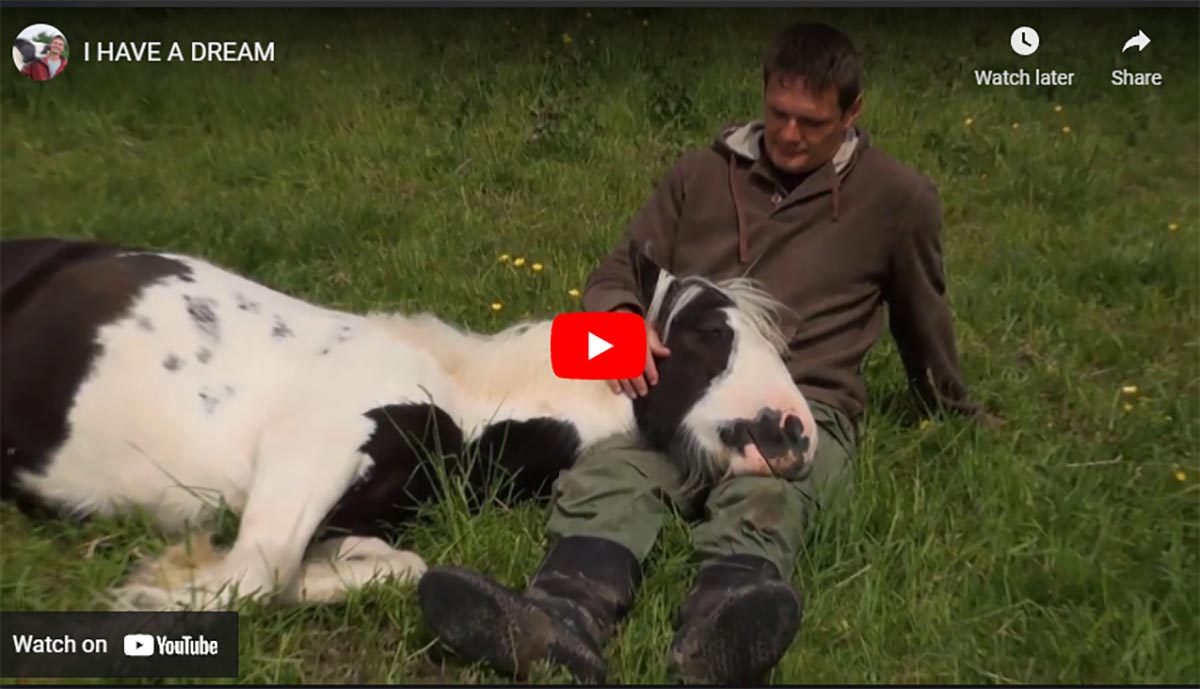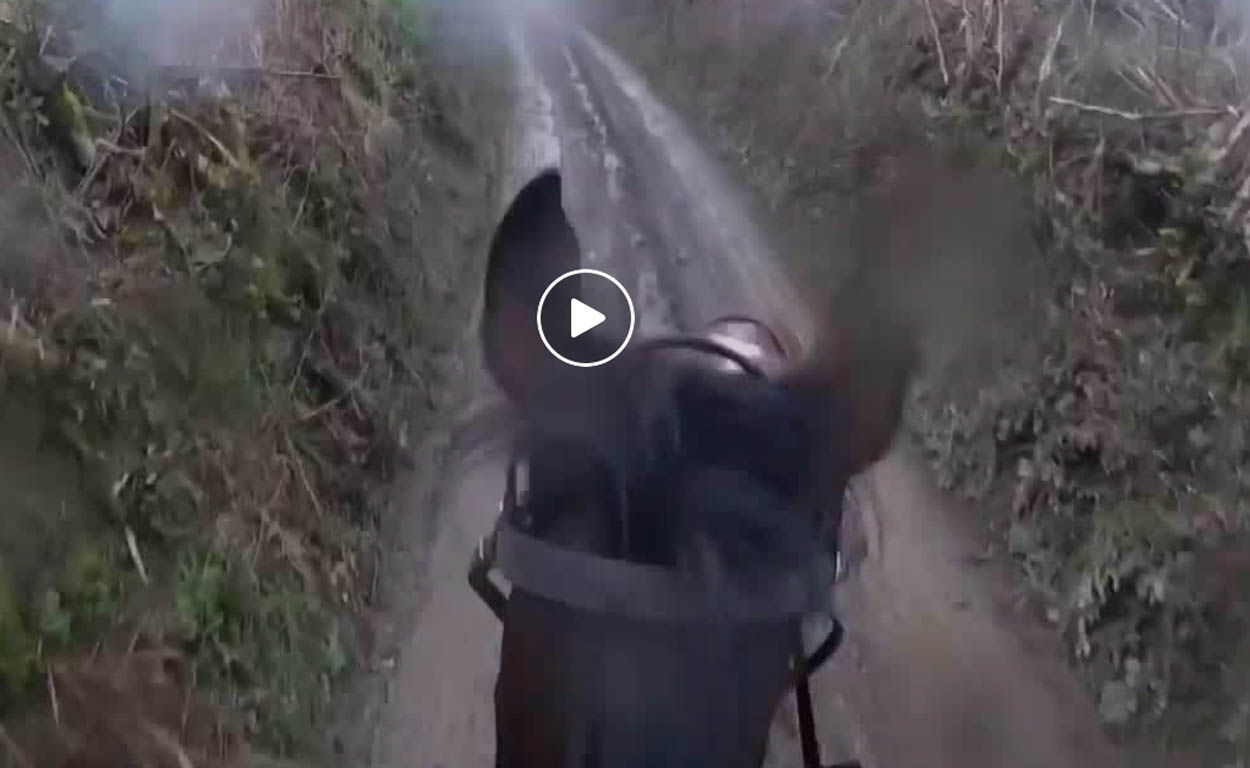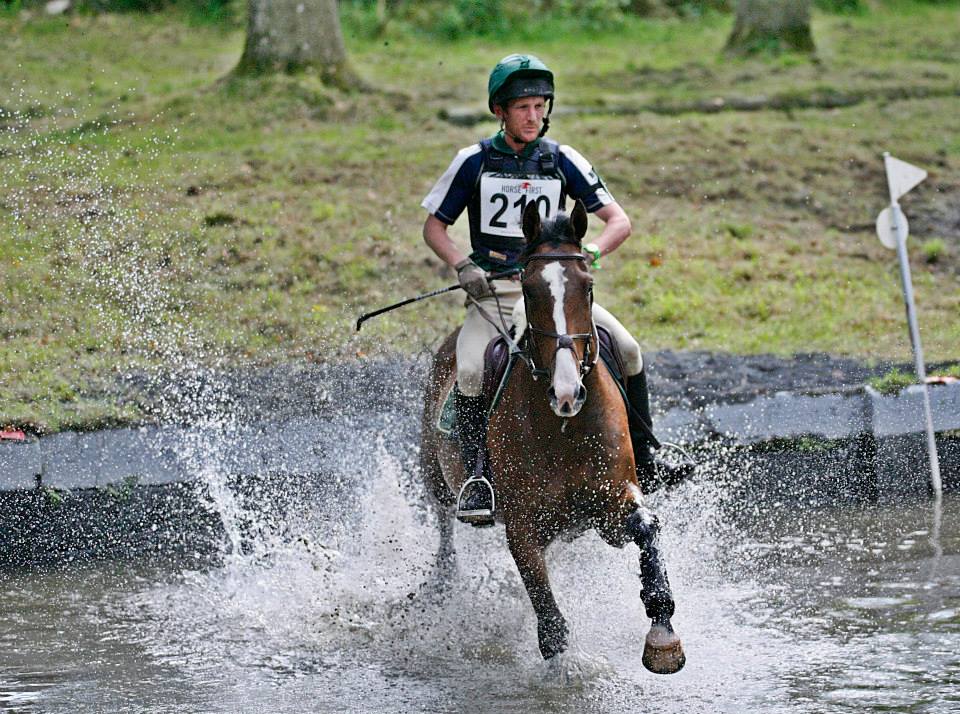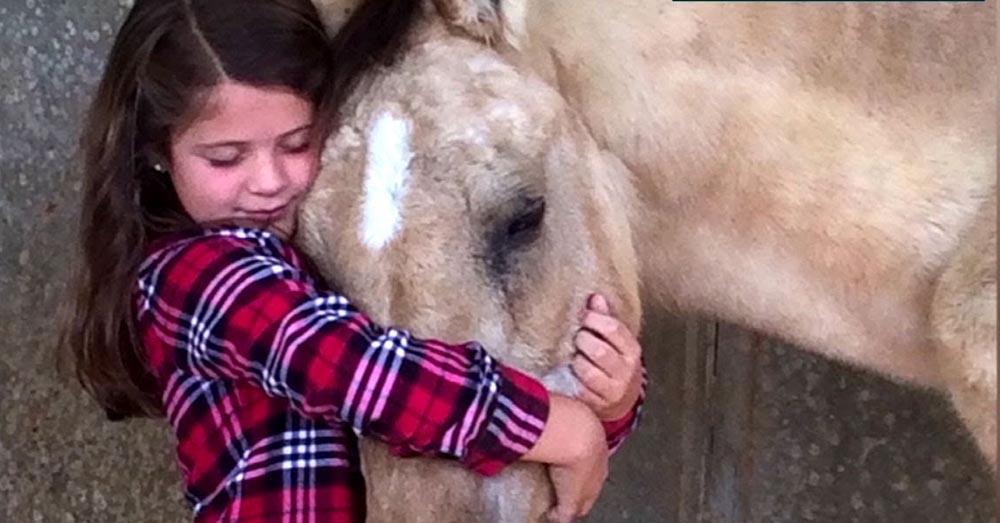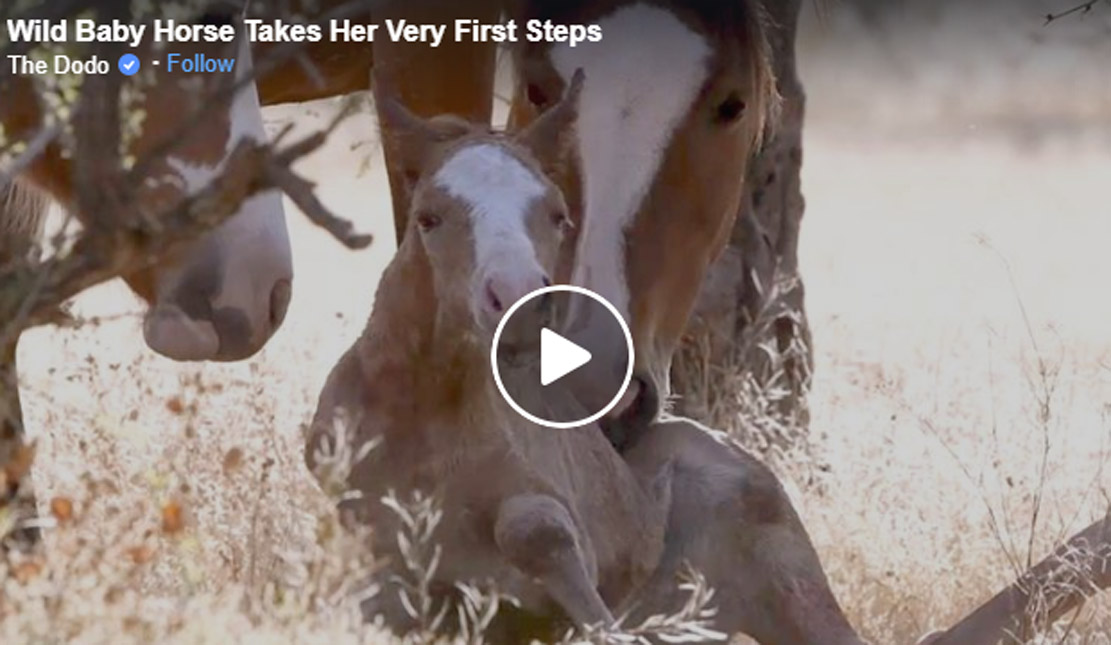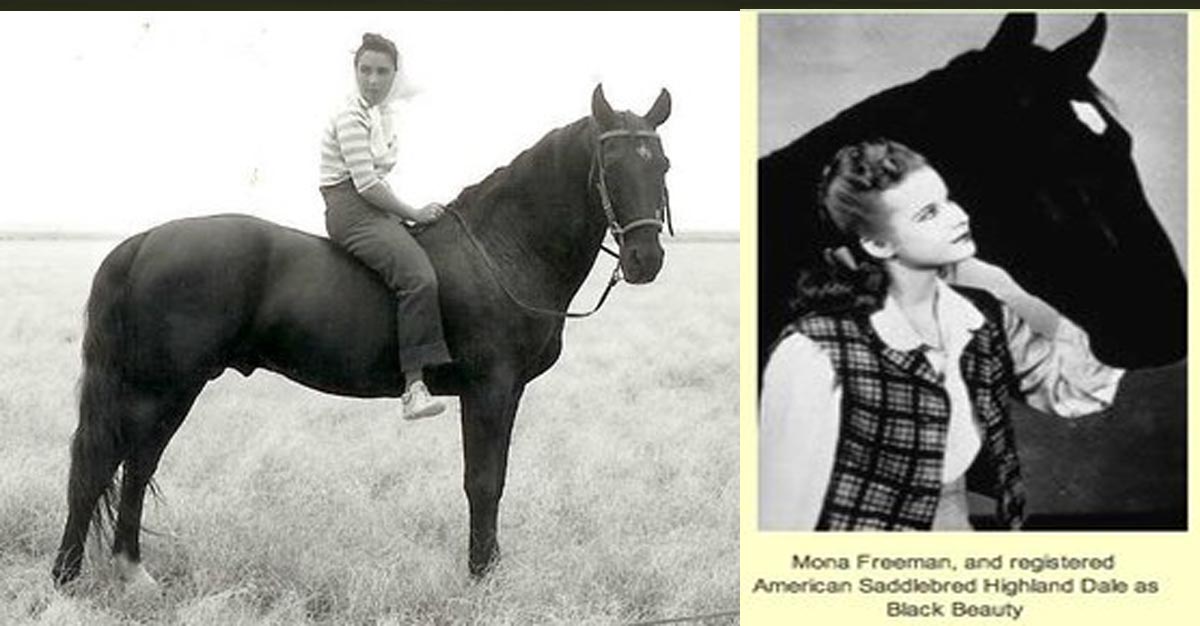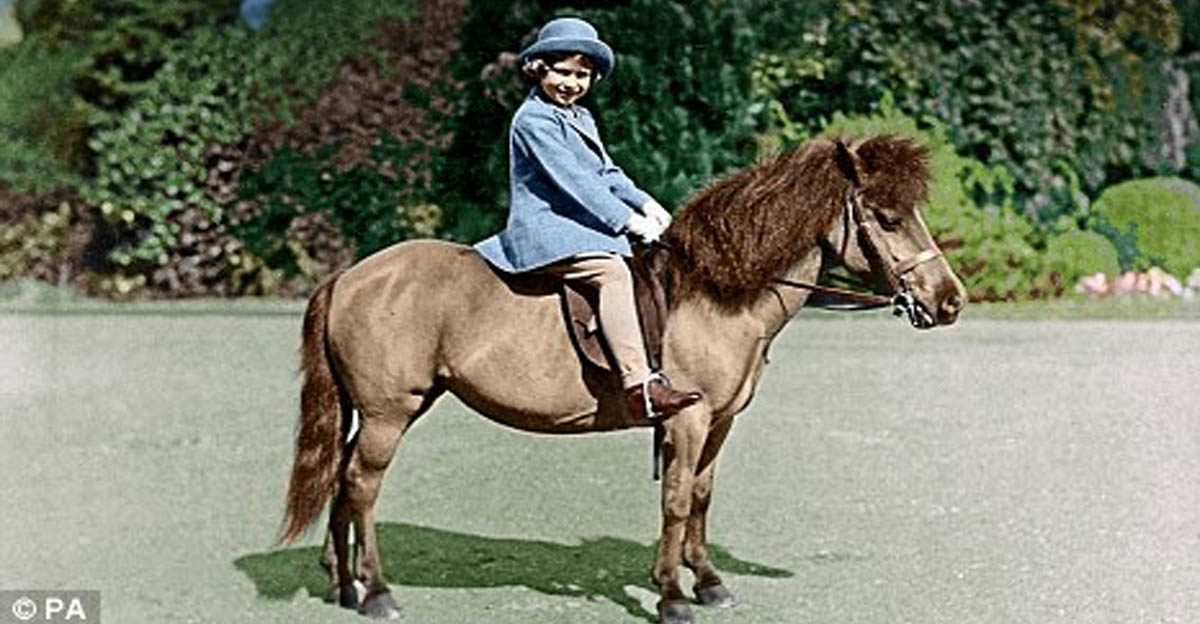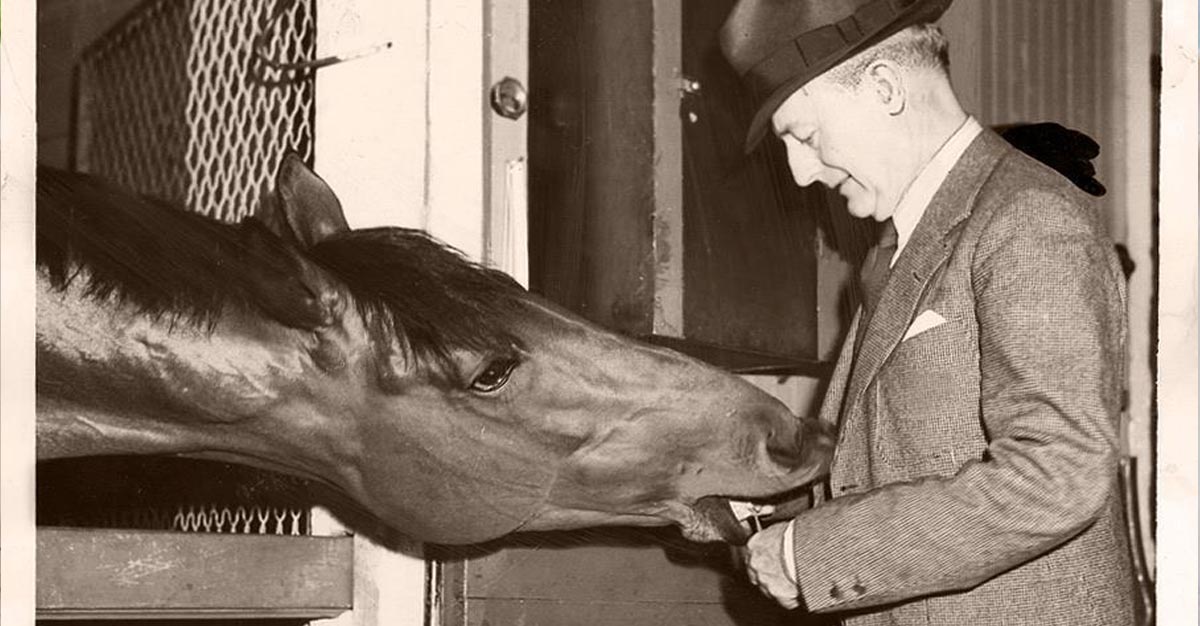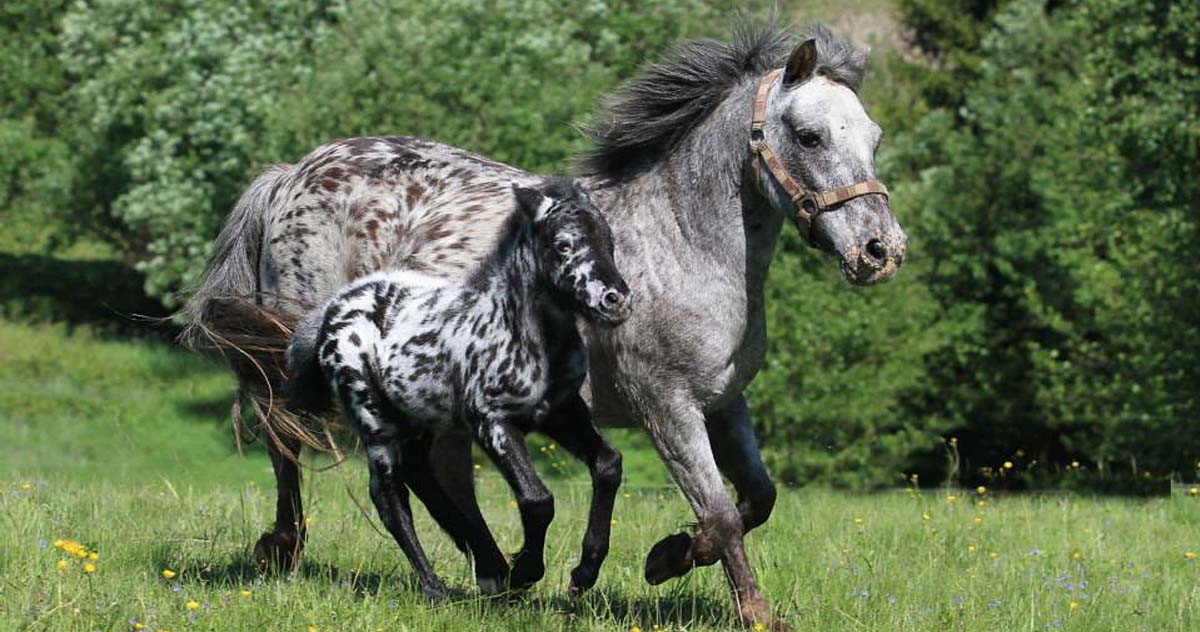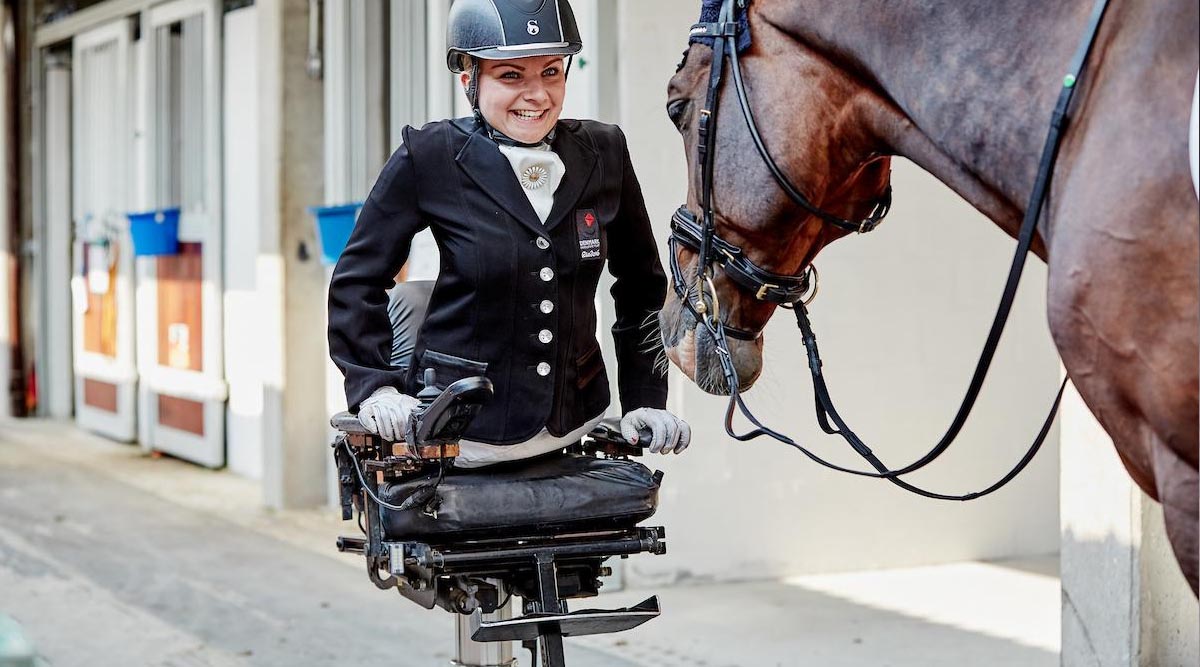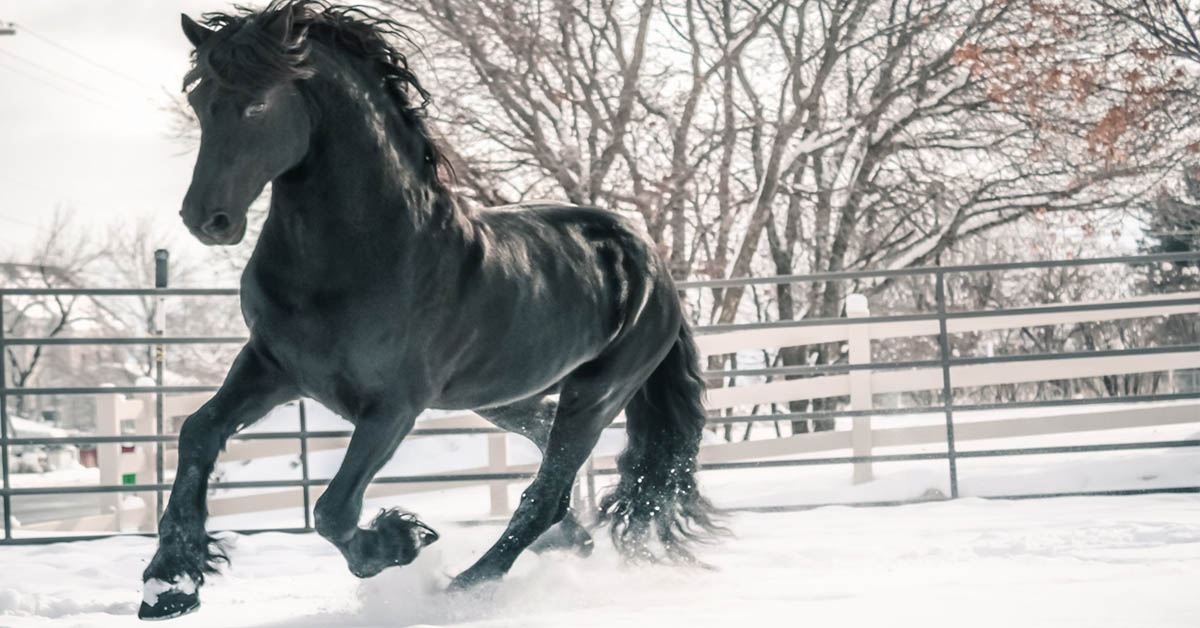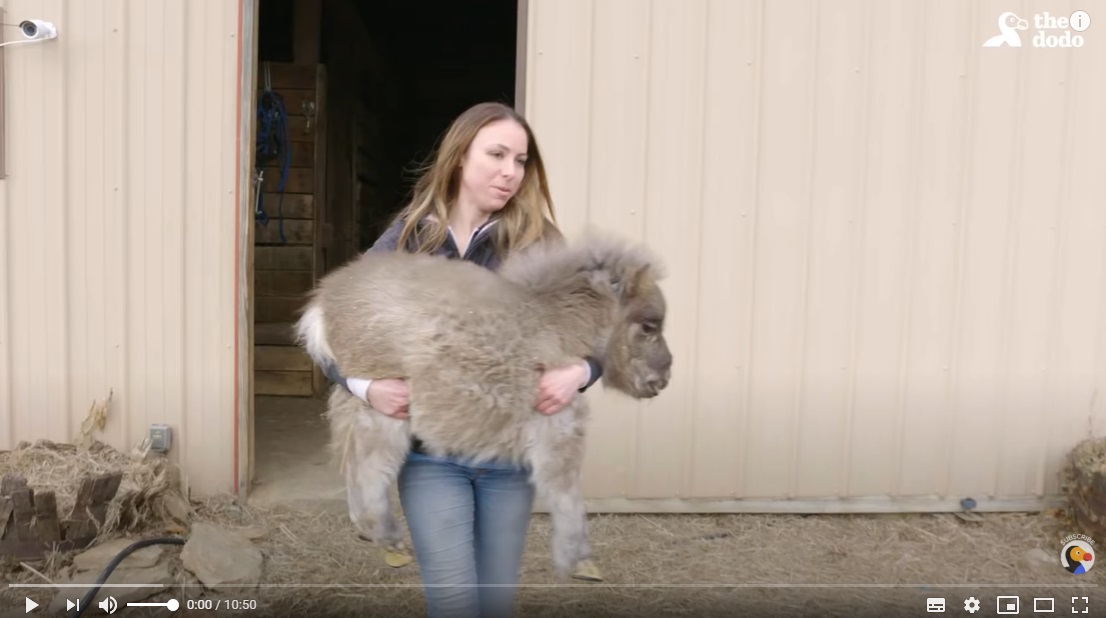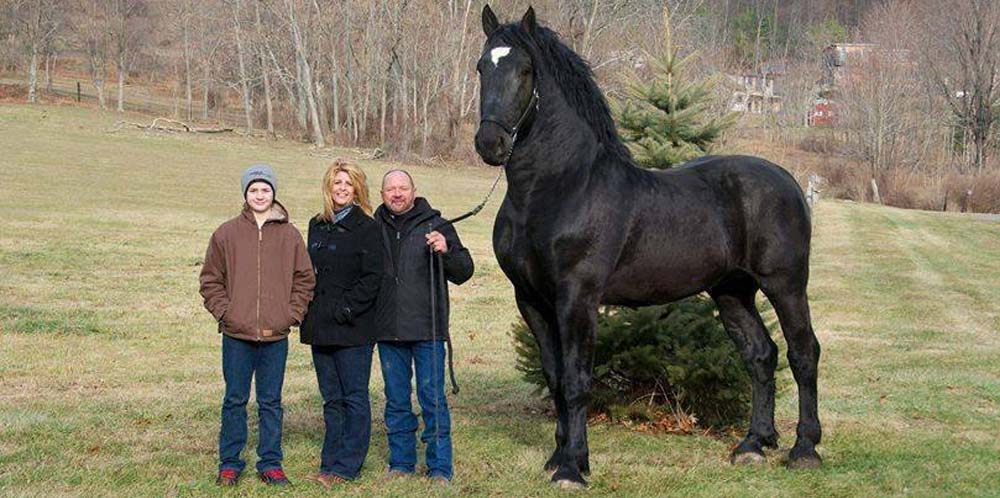Prince Philip, Duke Of Edinburgh
The Duke Of Edinburgh, Prince Philip is a renowned horsemen and has a long history carriage driving, helping promote the sport, including helping bring driving to the Royal Windsor Horse Show. Here we take a look at the Duke of Edinburgh`s equestrian life.
Below you can see Prince Philip in action carriage driving at Sandringham.
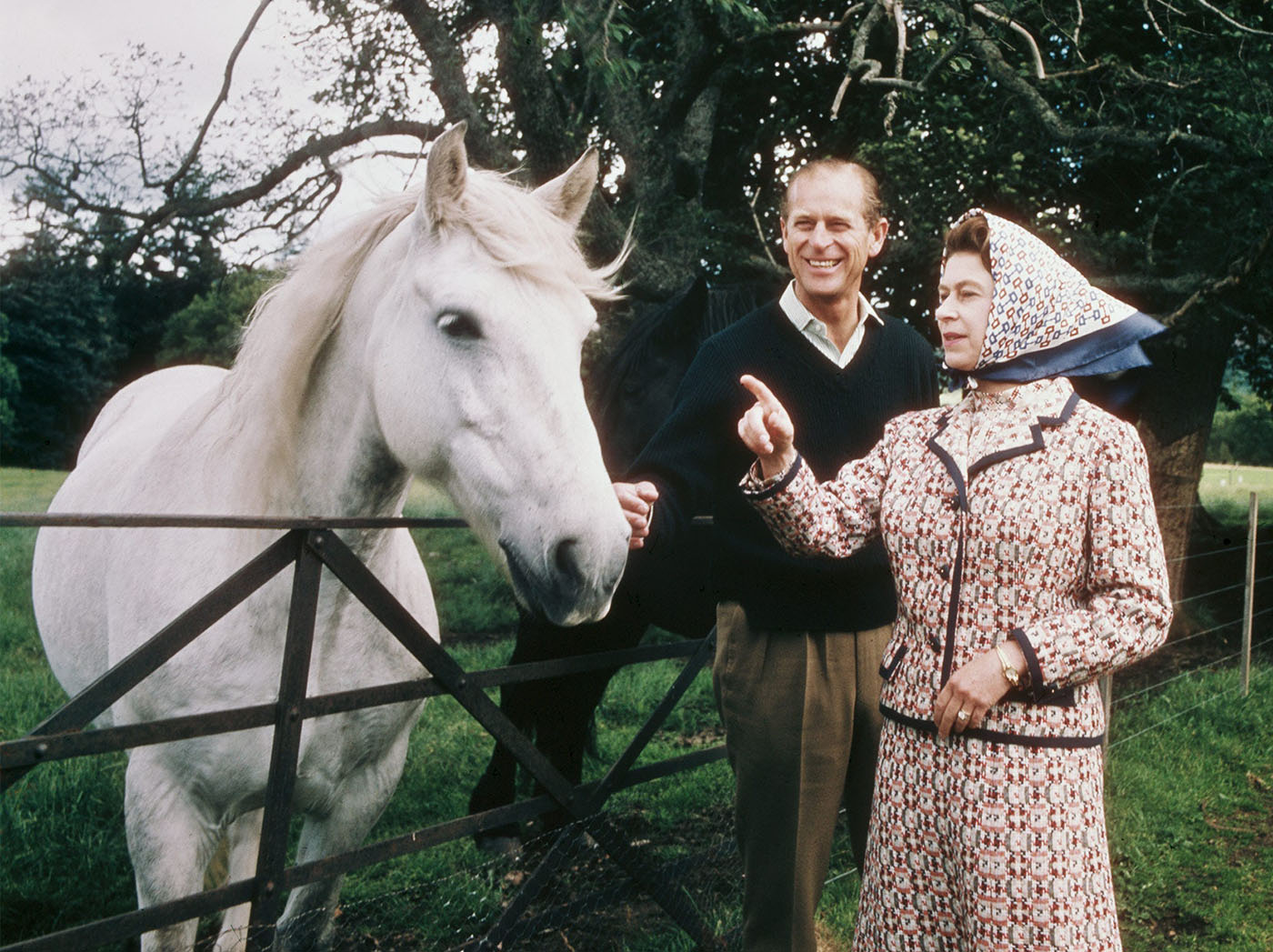 As well as horse driving the Prince`s first equestrian love was Polo which he played as a young man and continued until 1971, in 1955 Prince Philip formed the Household Brigade Polo Club. Below you can watch a video of Prince Philip playing polo at Cowdray park in 1957.
ContentAdvert
His passion for horse sports also help encourage younger horse lovers to embrace the competitive side of horse sports, and working with the pony club created the Prince Philip cup in 1957 and persuaded the director of the Horse Of The Year Show (HOYS) to host the event at the show, with Prince Philip presenting the trophy to the winning team.
As well as horse driving the Prince`s first equestrian love was Polo which he played as a young man and continued until 1971, in 1955 Prince Philip formed the Household Brigade Polo Club. Below you can watch a video of Prince Philip playing polo at Cowdray park in 1957.
ContentAdvert
His passion for horse sports also help encourage younger horse lovers to embrace the competitive side of horse sports, and working with the pony club created the Prince Philip cup in 1957 and persuaded the director of the Horse Of The Year Show (HOYS) to host the event at the show, with Prince Philip presenting the trophy to the winning team.
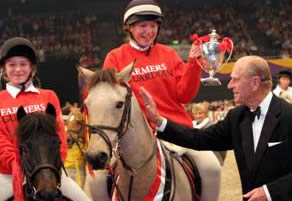 Over the years Prince Philip has rode in numerous ceremonies along side the queen, together the couple have also enjoyed many long rides together both in public and in private.
Over the years Prince Philip has rode in numerous ceremonies along side the queen, together the couple have also enjoyed many long rides together both in public and in private. 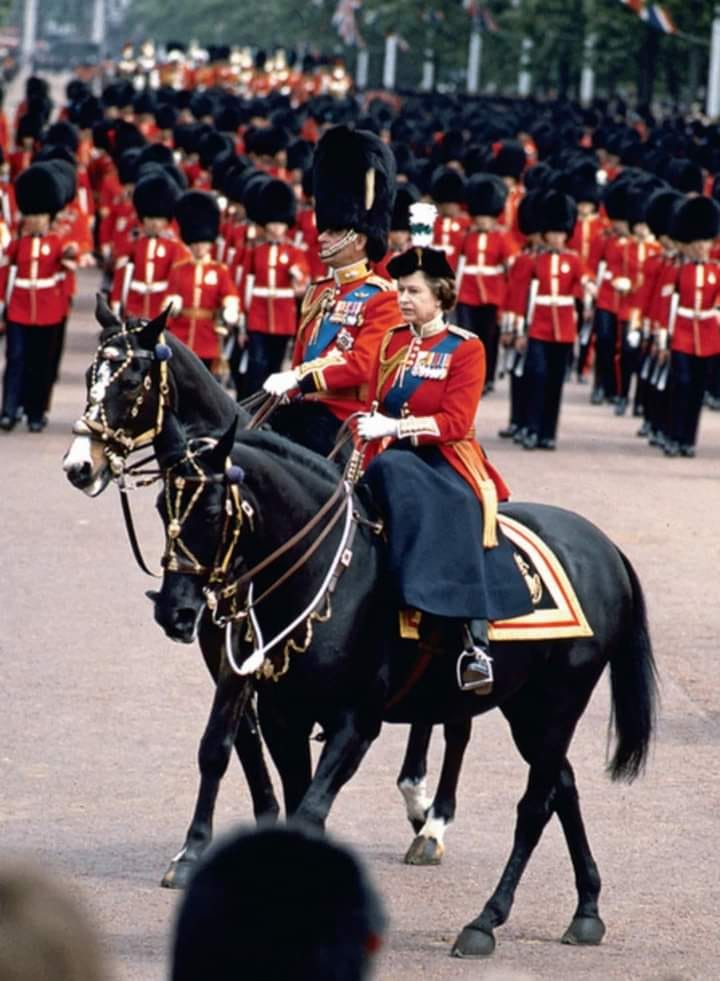 The love of horses is strong in all of the Royal family, especially Princess Anne who represented Great Britain at the Olympics in eventing, together this love of horses brought Prince Philip and his daughter very close, below you can watch a video of them bonding as Princess Anne is grooming for her father while he is playing polo.
The love of horses is strong in all of the Royal family, especially Princess Anne who represented Great Britain at the Olympics in eventing, together this love of horses brought Prince Philip and his daughter very close, below you can watch a video of them bonding as Princess Anne is grooming for her father while he is playing polo.
Prince Philip devised the rules for the Pony Club mounted games in 1957, and the Prince Philip Cup will be celebrating its 50th Anniversary in 2007 at the Horse of the Year Show. In 1986 the Australian Pony Club received permission to use Prince Philip`s name for its mounted games and a separate cup was created for its tournaments.
Prince Philip was President of the International Equestrian Federation from 1964 to 1986. He was also an accomplished polo player.Prince Philip has written a number of books on equestrianism, including Competition Carriage Driving, The Noble Horse, Driving and Judging Dressage and 30 Years on and off the Box Seat.
Born on 10 June, 1921, in Mon Repos House in Corfu, according to royal folklore baby Philippos made his first public appearance on the dining room table. His father, Prince Andrew of Greece and Denmark, was a first cousin of George V, while his mother, Princess Alice of Battenberg, was a great–granddaughter of Queen Victoria. During the Military Coup in 1922, Prince Andrew was stripped of his title and banished from Greece when young Philippos was just a year old. With the young prince safely tucked up in a carry-cot made from a recycled orange box, the Royal Family refugees made their way to France, where they eventually settled in St Cloud on the outskirts of Paris.
Philip`s early education began at the American school in St Cloud. Unfortunately, his parents` marriage began to deteriorate causing them to separate. Philip`s mother was persuaded by her British relatives – the Mountbattens – that it would be more stable for Philip to be settled in England. Shortly after, he was enrolled into Cheam Preparatory School in Surrey, where he remained until he was 12 years old.
Planning for his future, the family felt Philip needed a more international education. The decision was made to send him to Schule Schloss Salem in Germany. The school happened to be owned by one of Philip`s older brothers-in-law, Berthold, Margrave of Baden. It would have saved the family a fortune in fees. It was at Salem that Philip met Kurt Hahn1, a man who was to have a major role in both his own education, and years later, that of Philips` offspring. The political situation in Germany was beginning to make it difficult for Philip to remain there. His British family were not happy either, and so made further plans to bring him back to England.
At his own request Philip was transferred to Gordonstoun in Scotland, a school set up by Kurt Hahn. Philip remained there until he finished his education in 1939.
It was about this time that Princess Alice2 returned to Athens, where she remained during the Nazi occupation working for the Red Cross and other charitable ventures.
In 1954 the Queen was asked for permission for the Household Cavalry officers to be allowed to play polo in Great Windsor Park; she agreed and suggested they use Smith Lawn as it was already used for three-day events. The park now holds ten polo grounds, with the groundsmen preparing another three to be called The Princes` Grounds after Charles, William and Harry.
Not one for `resting on his laurels`, the Duke took up many activities to keep himself busy in between Official Engagements and his charities. He was renowned for his enjoyment of polo and like his son, Prince Charles, had many tumbles during the game which would come to plague him in later years. Due to his arthritis, Philip retired from polo in 1971.
Looking for something to keep himself occupied, Philip entered Carriage Driving events as a `geriatric sport`. He thought it would be:
... a nice weekend activity, rather like a golfing weekend. Which it was, until some idiot asked me to be a member of the British team!
In a recent television interview with Alan Titchmarsh, host of `All The Queen`s Horses`, the Prince said:
I gave up polo when I was 50 – and then this started and I thought, `Well, you`ve got horses and carriages, why don`t you have a go?` So I started in 1973 and it`s been going on since then. These were carriage horses from London – they`d never been through anything bigger than a puddle. I made a little crossing – a stream, and had to bribe them across. I sent my groom across the other side with a jar of sugar – and they decided to get their feet wet!
Although no longer driving competitively because his arthritis sometimes made it impossible to steer the carriages, the Duke always returned to the reins at the earliest opportunity.
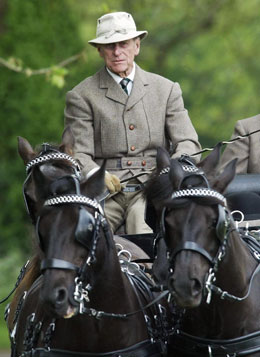 �
�
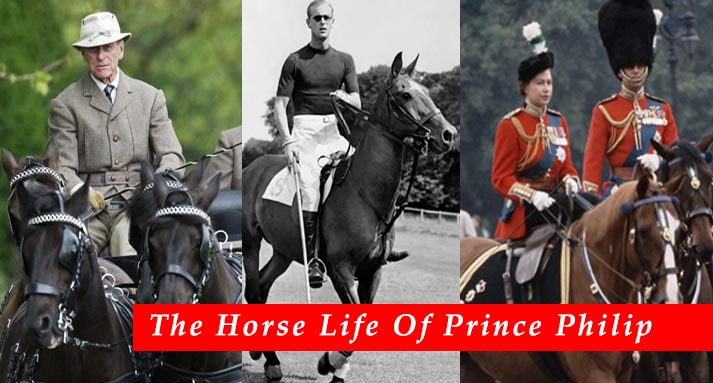
Below you can see Prince Philip in action carriage driving at Sandringham.


 The love of horses is strong in all of the Royal family, especially Princess Anne who represented Great Britain at the Olympics in eventing, together this love of horses brought Prince Philip and his daughter very close, below you can watch a video of them bonding as Princess Anne is grooming for her father while he is playing polo.
The love of horses is strong in all of the Royal family, especially Princess Anne who represented Great Britain at the Olympics in eventing, together this love of horses brought Prince Philip and his daughter very close, below you can watch a video of them bonding as Princess Anne is grooming for her father while he is playing polo.
Prince Philip, Duke of Edinburgh
As an equestrian , The Duke of Edinburgh is probably best known for his work in the carriage driving discipline. He favours four-in-hand carriage driving and currently drives The Queen`s team of Fell ponies. He has represented Britain at several European and World Championships and, in 1968, he initiated the formulation of new rules for the modern Horse Driving Trials.Prince Philip devised the rules for the Pony Club mounted games in 1957, and the Prince Philip Cup will be celebrating its 50th Anniversary in 2007 at the Horse of the Year Show. In 1986 the Australian Pony Club received permission to use Prince Philip`s name for its mounted games and a separate cup was created for its tournaments.
Prince Philip was President of the International Equestrian Federation from 1964 to 1986. He was also an accomplished polo player.Prince Philip has written a number of books on equestrianism, including Competition Carriage Driving, The Noble Horse, Driving and Judging Dressage and 30 Years on and off the Box Seat.
Born on 10 June, 1921, in Mon Repos House in Corfu, according to royal folklore baby Philippos made his first public appearance on the dining room table. His father, Prince Andrew of Greece and Denmark, was a first cousin of George V, while his mother, Princess Alice of Battenberg, was a great–granddaughter of Queen Victoria. During the Military Coup in 1922, Prince Andrew was stripped of his title and banished from Greece when young Philippos was just a year old. With the young prince safely tucked up in a carry-cot made from a recycled orange box, the Royal Family refugees made their way to France, where they eventually settled in St Cloud on the outskirts of Paris.
Philip`s early education began at the American school in St Cloud. Unfortunately, his parents` marriage began to deteriorate causing them to separate. Philip`s mother was persuaded by her British relatives – the Mountbattens – that it would be more stable for Philip to be settled in England. Shortly after, he was enrolled into Cheam Preparatory School in Surrey, where he remained until he was 12 years old.
Planning for his future, the family felt Philip needed a more international education. The decision was made to send him to Schule Schloss Salem in Germany. The school happened to be owned by one of Philip`s older brothers-in-law, Berthold, Margrave of Baden. It would have saved the family a fortune in fees. It was at Salem that Philip met Kurt Hahn1, a man who was to have a major role in both his own education, and years later, that of Philips` offspring. The political situation in Germany was beginning to make it difficult for Philip to remain there. His British family were not happy either, and so made further plans to bring him back to England.
At his own request Philip was transferred to Gordonstoun in Scotland, a school set up by Kurt Hahn. Philip remained there until he finished his education in 1939.
It was about this time that Princess Alice2 returned to Athens, where she remained during the Nazi occupation working for the Red Cross and other charitable ventures.
In 1954 the Queen was asked for permission for the Household Cavalry officers to be allowed to play polo in Great Windsor Park; she agreed and suggested they use Smith Lawn as it was already used for three-day events. The park now holds ten polo grounds, with the groundsmen preparing another three to be called The Princes` Grounds after Charles, William and Harry.
Not one for `resting on his laurels`, the Duke took up many activities to keep himself busy in between Official Engagements and his charities. He was renowned for his enjoyment of polo and like his son, Prince Charles, had many tumbles during the game which would come to plague him in later years. Due to his arthritis, Philip retired from polo in 1971.
Looking for something to keep himself occupied, Philip entered Carriage Driving events as a `geriatric sport`. He thought it would be:
... a nice weekend activity, rather like a golfing weekend. Which it was, until some idiot asked me to be a member of the British team!
In a recent television interview with Alan Titchmarsh, host of `All The Queen`s Horses`, the Prince said:
I gave up polo when I was 50 – and then this started and I thought, `Well, you`ve got horses and carriages, why don`t you have a go?` So I started in 1973 and it`s been going on since then. These were carriage horses from London – they`d never been through anything bigger than a puddle. I made a little crossing – a stream, and had to bribe them across. I sent my groom across the other side with a jar of sugar – and they decided to get their feet wet!
Although no longer driving competitively because his arthritis sometimes made it impossible to steer the carriages, the Duke always returned to the reins at the earliest opportunity.
Prince Philip, Duke of Edinburgh Horses
Prince Philip, Duke of Edinburgh Competition Results
� �
�



